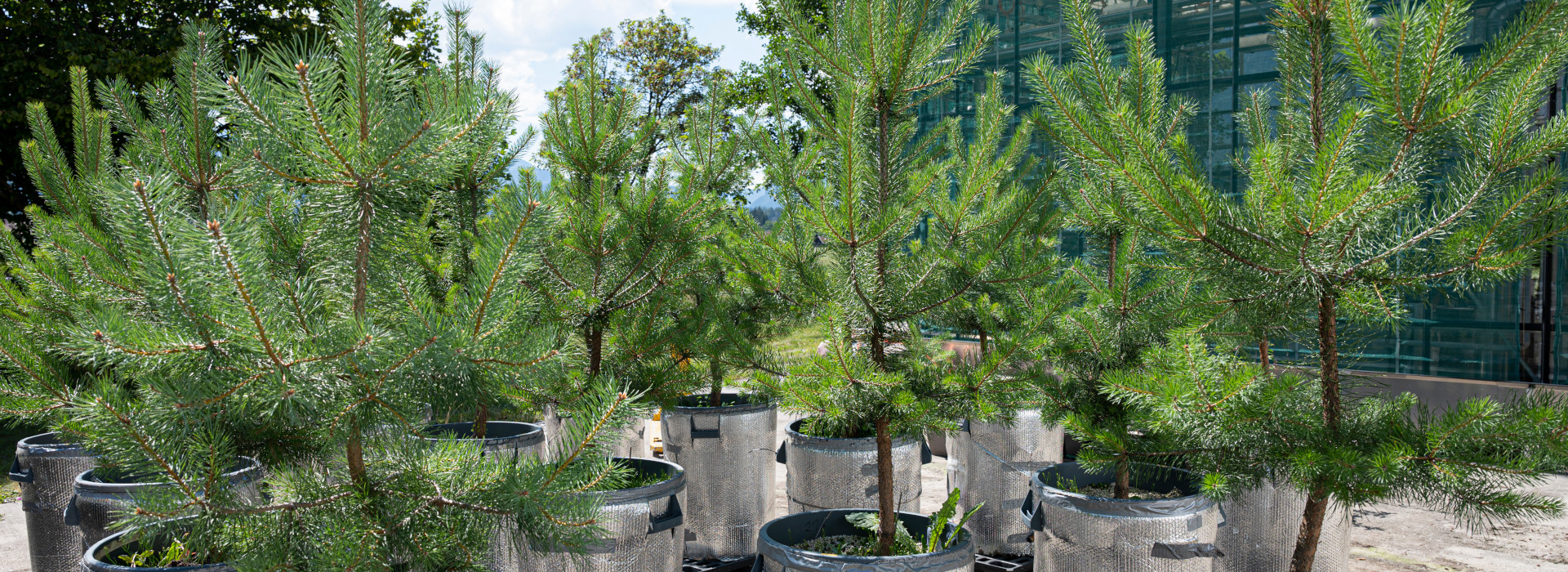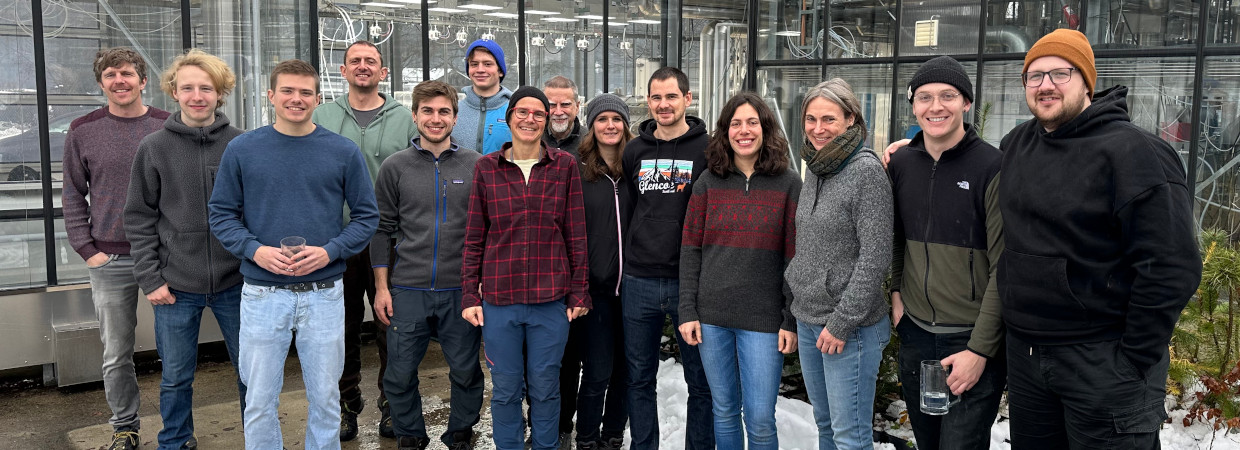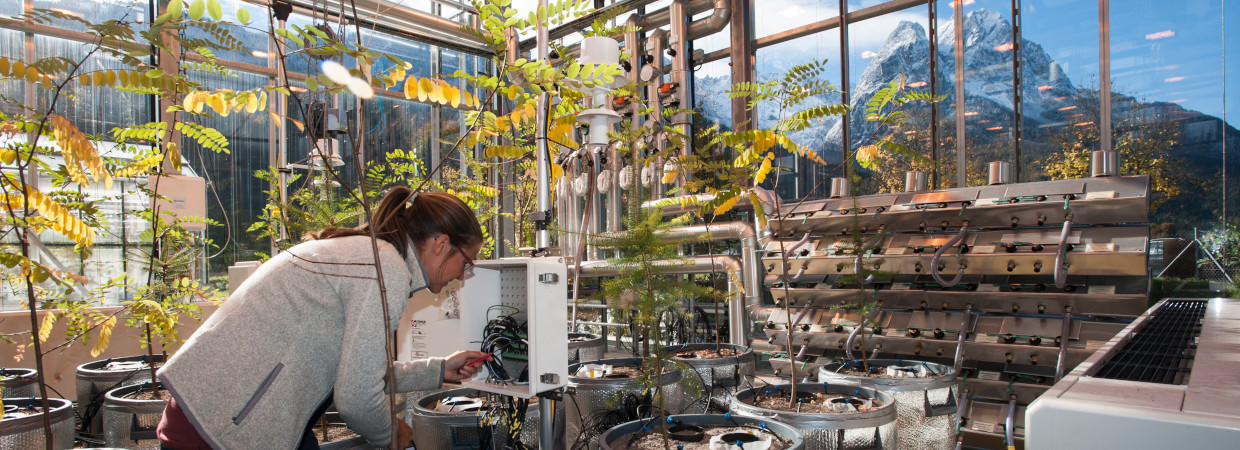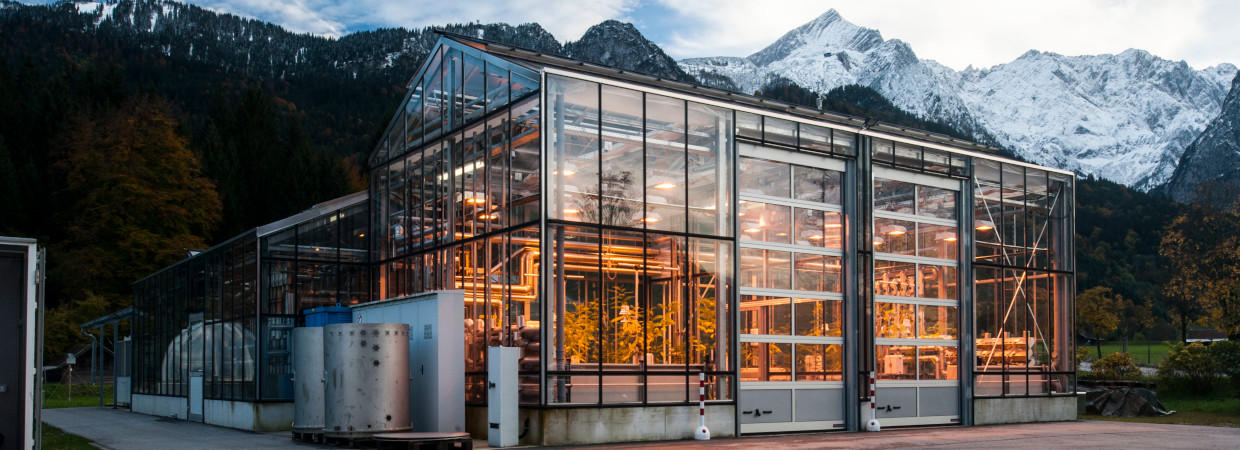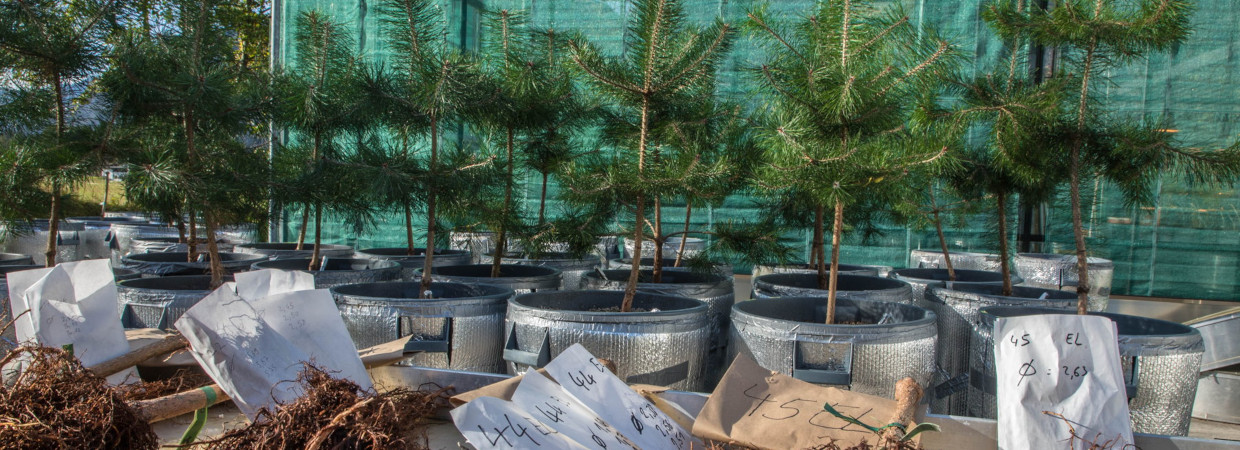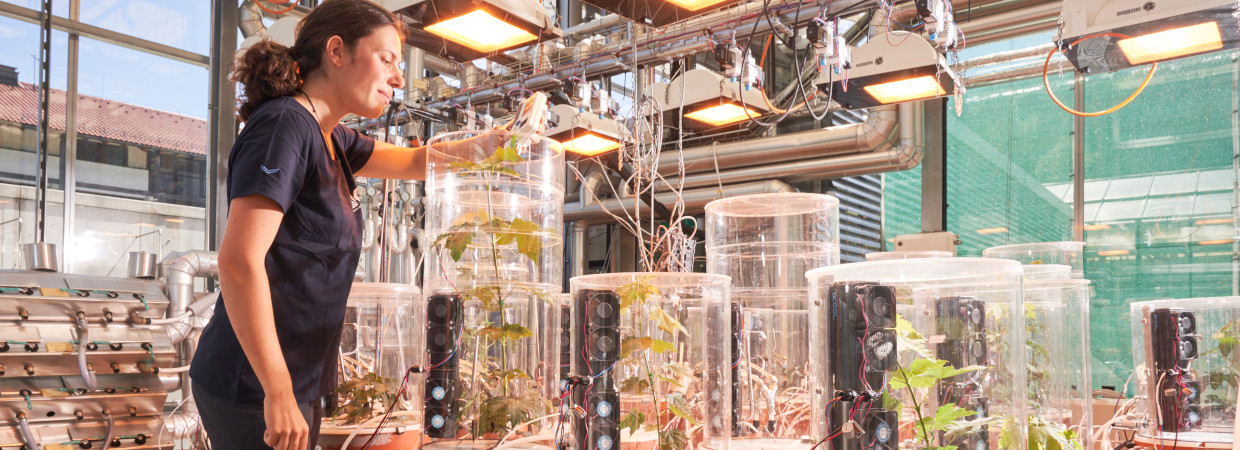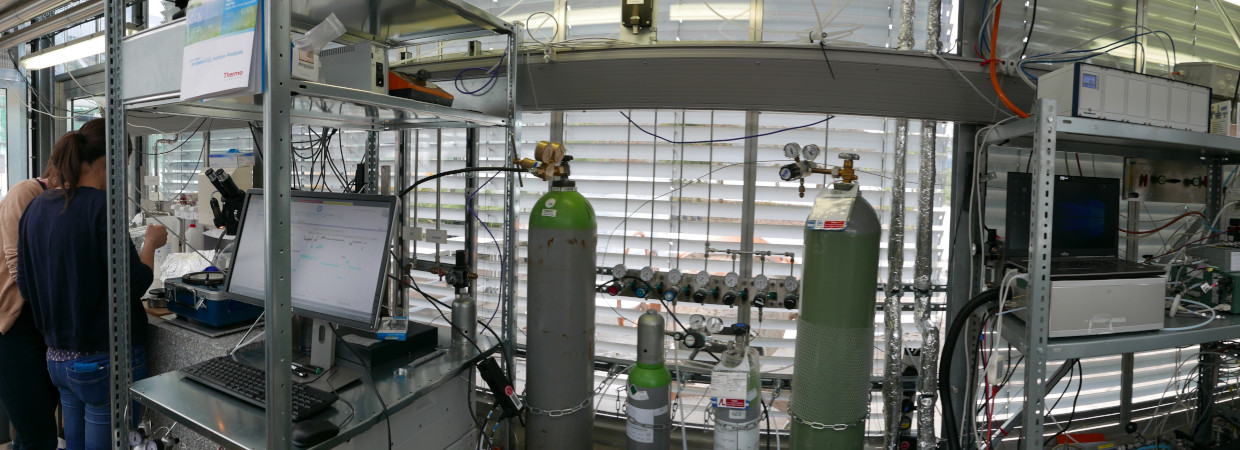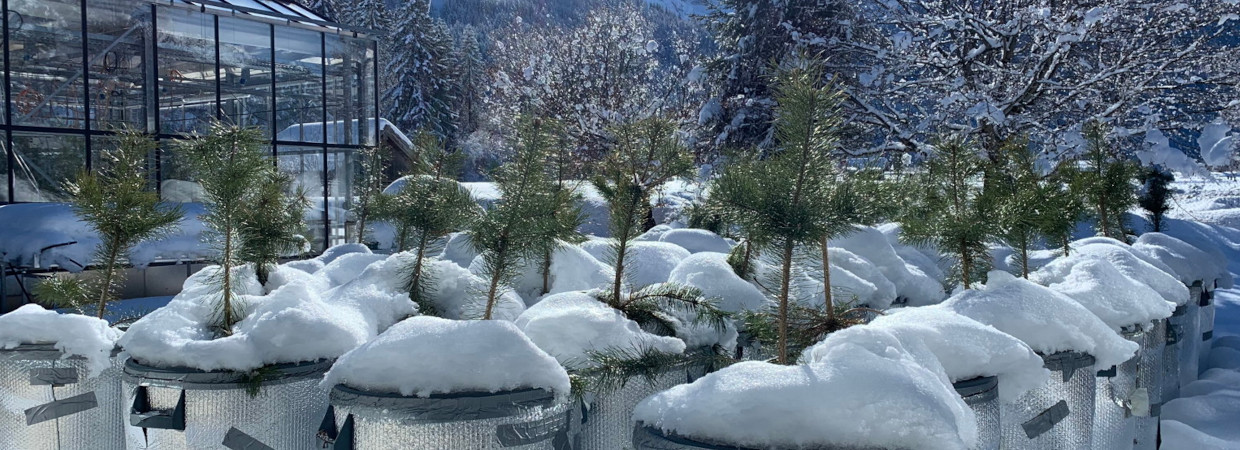Our research
A fundamental understanding of tree responses to environmental cues is necessary to address climate change impacts. Forests critically influence the Earth's climate and cycle large quantities of carbon and water, yet trees are increasingly at risk through an amplification of extreme climatic events.
We address tree and forest resilience to climate change and extreme climatic events, in particular heat and drought stress. Our research provides process knowledge to predict and guide the potential of forests in mitigating climate change. We combine controlled experiments, observational studies and ecosystem modelling approaches. We teach undergraduate and graduate students in process-based ecological research, as well as provide knowledge transfer into schools and society.
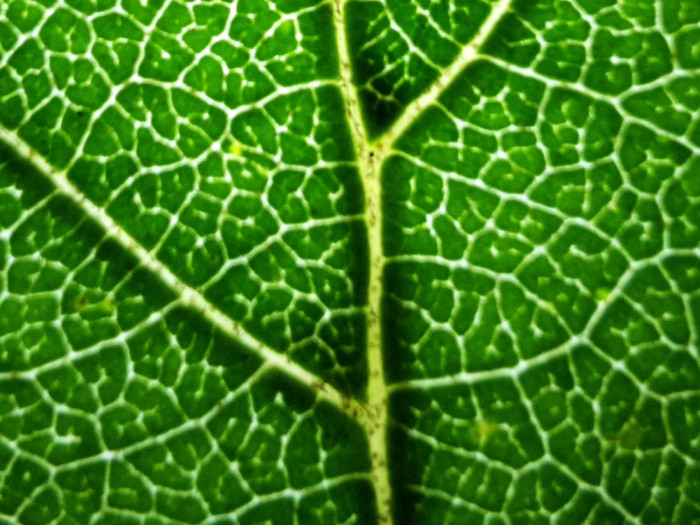
Processing and analyzing image stacks based on optical methods can be challenging, especially with large datasets. CaviTools offers additional tools to simplify the workflow of post-processing your Cavicam data such as automatically detecting and quantifying embolism events and filtering out artifacts.
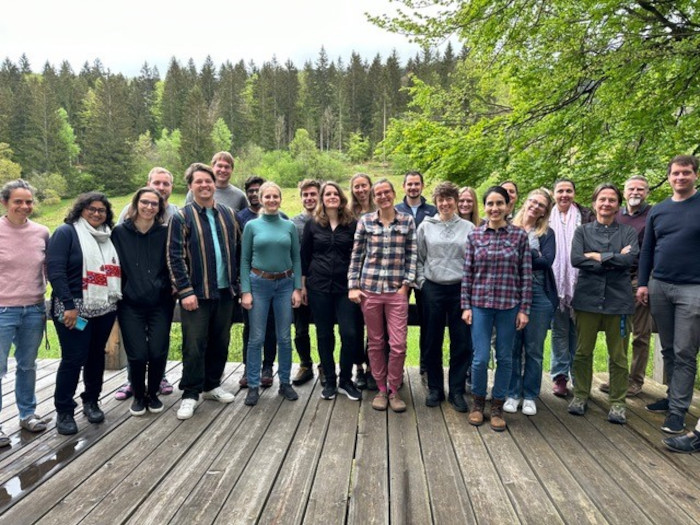
The second IfGG-IFU Symposium took place at the KIT-Campus Alpine on 2nd and 3rd of May 2024 and it was dedicated to doctoral students and postdocs.
In addition to interesting lectures and engaging discussions, these joint symposia are valuable opportunities for networking and exchange.
The third edition of the symposium is to take place at the Aueninstitut Rastatt.
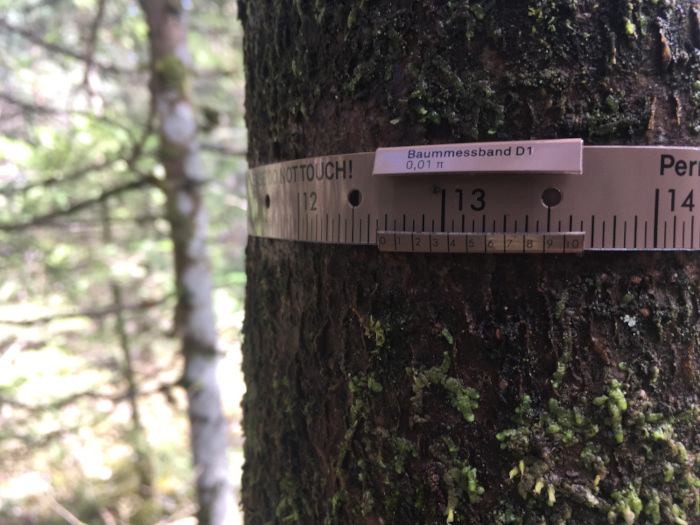
With the school forest project we support schoolkids to monitor the seasonality of tree growth by measuring stem increment via installed dendrobands. In this way, the children learn about scientific methods and get insights into the seasonal dynamics of forests.
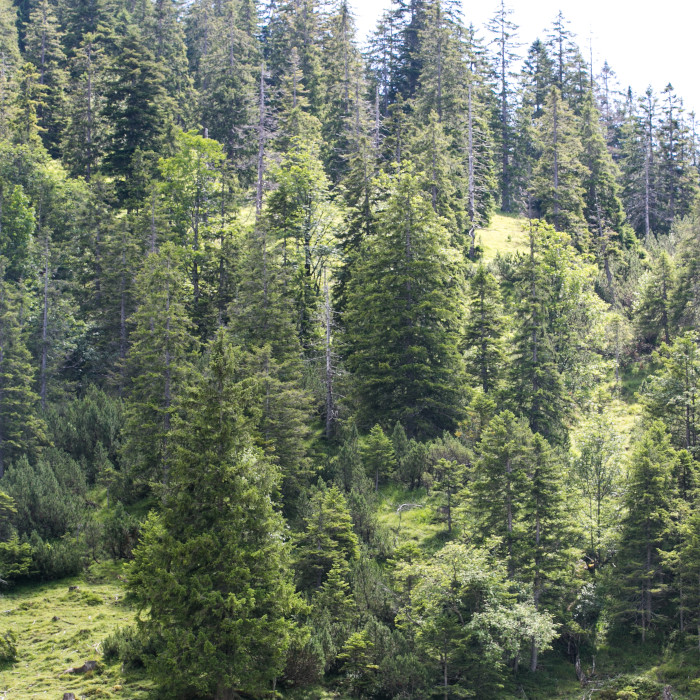
Forests ecosystems are critical for climate regulation, land biodiversity, for providing fresh water, timber and non-timber products, and also for human well-being and security.
What we do - simply explained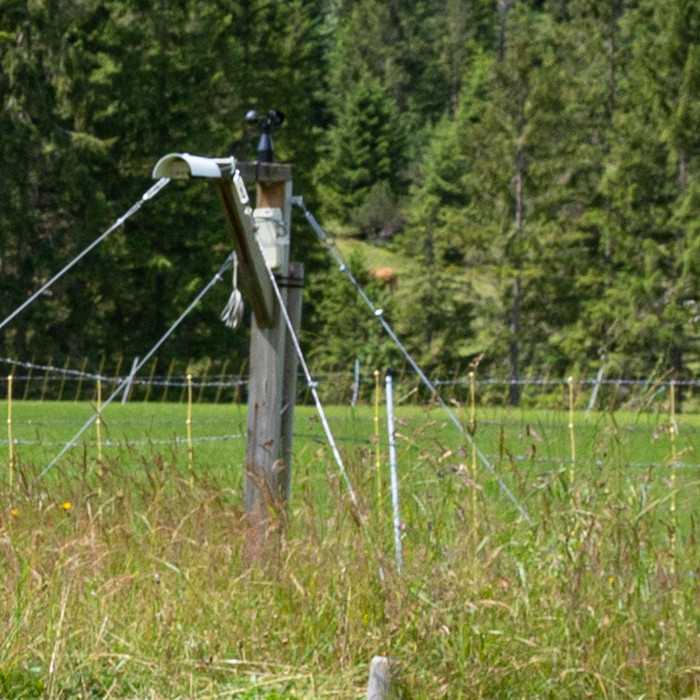

Our mission is to facilitate collaboration between scientists to combine expertise, knowledge and data...
Network for scientists